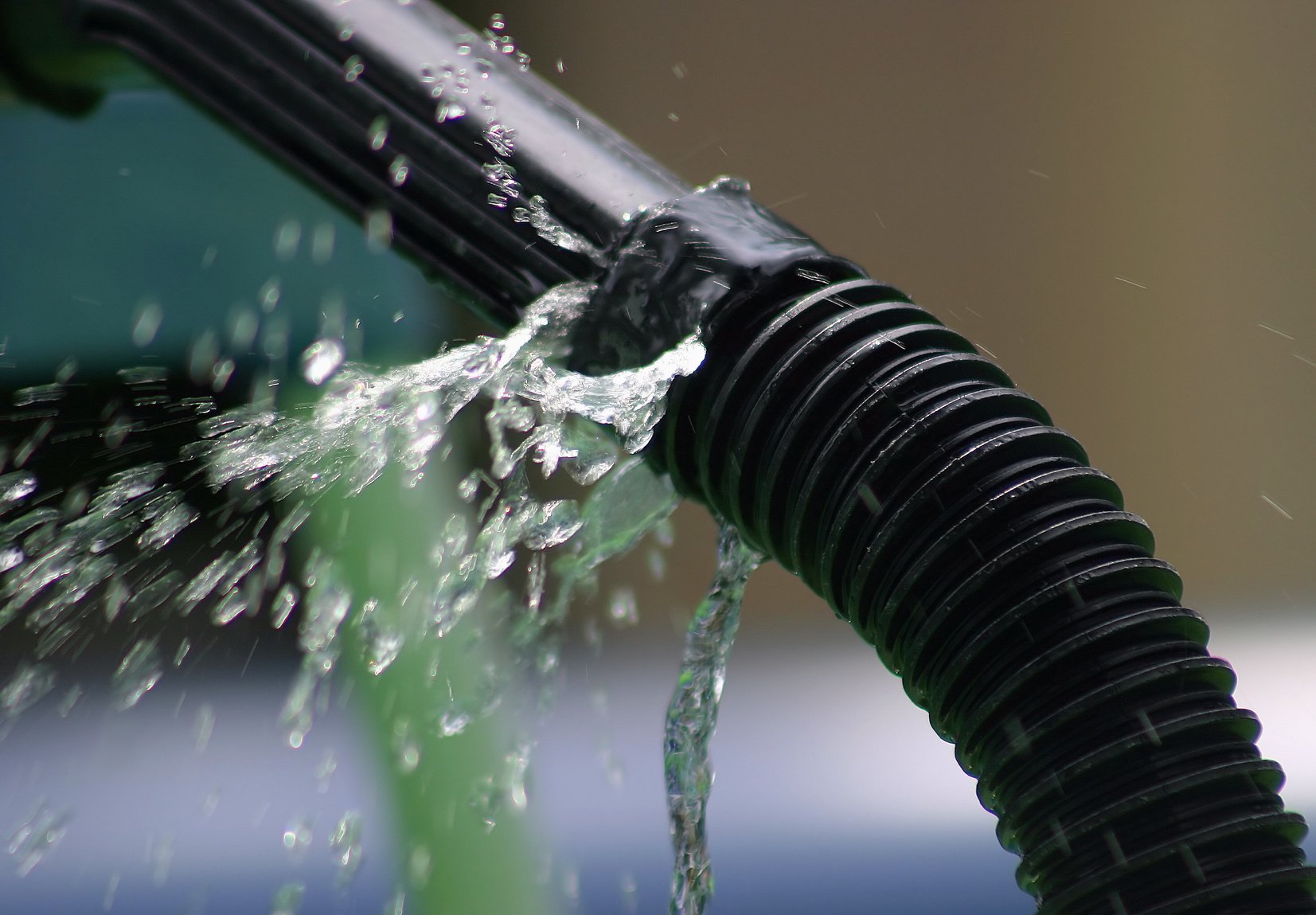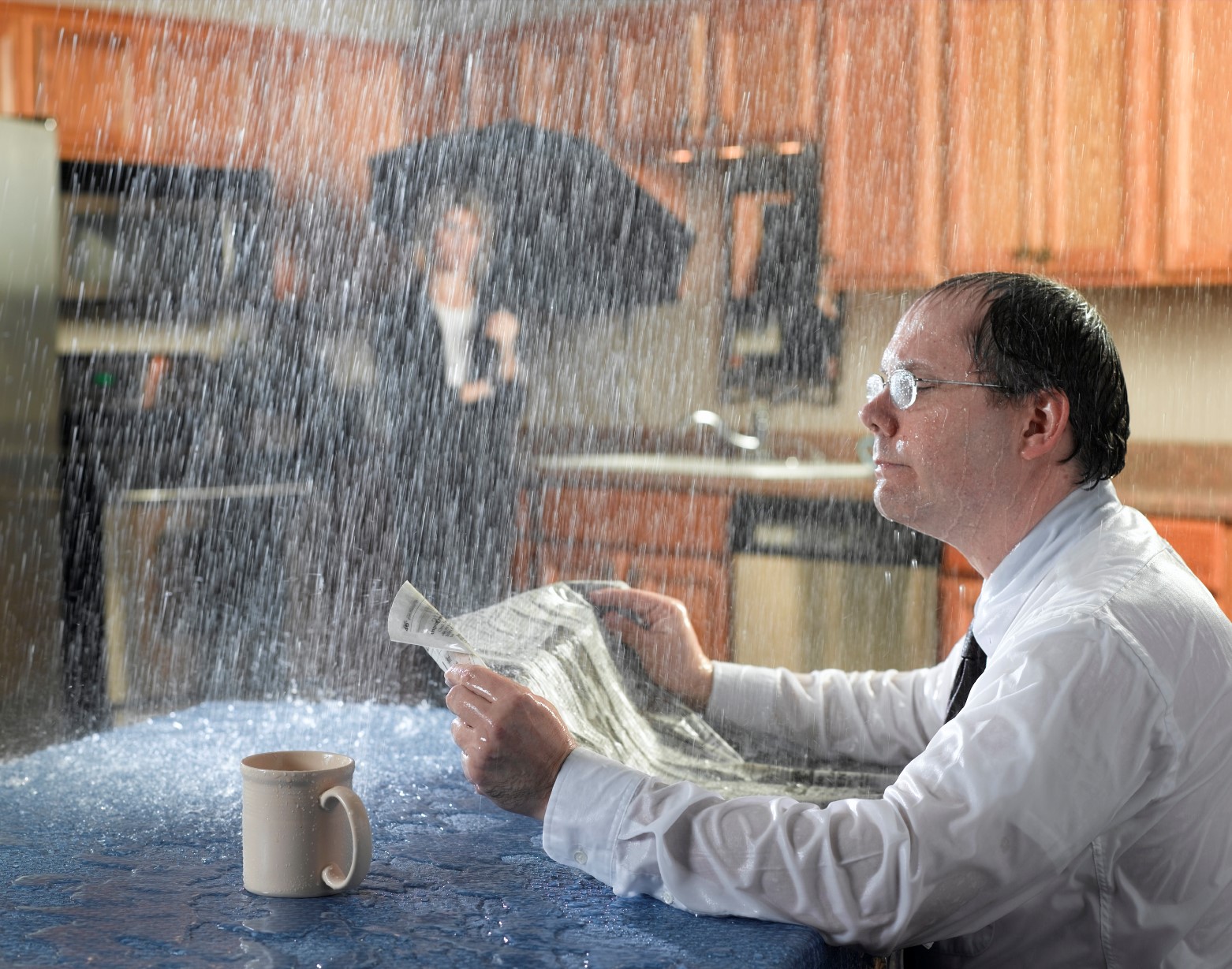Reveal the Most Frequent Origins of Leakage Inside The Home
Reveal the Most Frequent Origins of Leakage Inside The Home
Blog Article
Do you find yourself trying to find know-how about How to detect water leaks in your home?

Leaks not only trigger waste of water yet can additionally cause unnecessary damage to your home and promote unwanted organic growth. Sadly, water leaks may go unnoticed because the majority of the pipework in our house is hidden. By understanding and looking for daily situations that cause leakages, you can shield your house from future leaks and also unneeded damage. Today, we will certainly check out six leakage triggers that may be creating your pipelines to drip.
Immediate temperature level adjustments.
Severe temperature modifications in our pipes can trigger them to broaden and contract unexpectedly. This development and also tightening may cause splits in the pipelines, especially if the temperature level are listed below freezing.
Corroded water supply
As time passes by, your plumbing system ages and deterioration such as rust might start gnawing the pipelines. This might be the source of discoloration or bending on your water pipes. This asks for an evaluation with your plumber immediately. If our plumbing system is old, take into consideration replacing the pipelines since they are at a greater risk of rust than the more recent models.
Faulty Pipeline Joints
Pipe joints can degrade over time, resulting in water leaks. If you have loud pipelines that make ticking or banging noises, particularly when the hot water is turned on, your pipe joints are probably under a great deal of pressure.
Trespassing origins
Most water leaks start outside the house instead than inside it. You could notice damp spots or sinkholes in your backyard, and also that could indicate that tree origins are getting into water lines triggering water to leak out.
Poor Water Connectors
At times, a leak can be brought on by loosened pipes as well as pipes that provide your devices. Usually, moving is what triggers the loose water Links. You may find when it comes to a washing machine, a hose might spring a leak due to trembling throughout the spin cycle. In case of a water links leakage, you might discover water running straight from the supply line or puddles around your devices.
Blocked Drains
Blocked drains pipes might be annoying as well as inconveniencing, yet they can sometimes end up triggering an overflow bring about break pipes. Keep removing any type of products that might decrease your drains pipes that can obstruct them to stay clear of such inconveniences.
All the above are reasons for leakages but not all water leaks result from plumbing leaks; some leakages could originate from roof leakages. All leakages must be fixed right away to prevent water damage.
Leaks not just create waste of water however can also cause unneeded damages to your home and advertise unwanted organic development. By recognizing as well as looking for daily situations that create leaks, you can protect your residence from future leaks and unneeded damage. Today, we will look at six leak triggers that may be creating your pipes to drip.
At times, a leak can be created by loose hose pipes as well as pipes that provide your appliances. In case of a water connections leak, you may observe water running directly from the supply line or pools around your appliances.
How To Check For Water Leak In Your Home
How To Check for Leaks
The average household's leaks can account for nearly 10,000 gallons of water wasted every year and ten percent of homes have leaks that waste 90 gallons or more per day. Common types of leaks found in the home are worn toilet flappers, dripping faucets, and other leaking valves. These types of leaks are often easy to fix, requiring only a few tools and hardware that can pay for themselves in water savings. Fixing easily corrected household water leaks can save homeowners about 10 percent on their water bills.
To check for leaks in your home, you first need to determine whether you're wasting water and then identify the source of the leak. Here are some tips for finding leaks:
Take a look at your water usage during a colder month, such as January or February. If a family of four exceeds 12,000 gallons per month, there are serious leaks.
Check your water meter before and after a two-hour period when no water is being used. If the meter changes at all, you probably have a leak.
Identify toilet leaks by placing a drop of food coloring in the toilet tank. If any color shows up in the bowl after 10 minutes, you have a leak. (Be sure to flush immediately after the experiment to avoid staining the tank.)
Examine faucet gaskets and pipe fittings for any water on the outside of the pipe to check for surface leaks.
Undetected water leaks can happen without the home or business owner even realizing. If you suspect a water leak, but not able to find the source. It is time to contact a professional water leak detection service, The Leak Doctor.
How To Find a Water Leak In Your Home
https://www.leakdoctor.com/blog/How-To-Check-For-Water-Leak-In-Your-Home_AE197.html

As a passionate reader on Most Common Causes of Leaky Pipes, I was thinking sharing that piece of content was a great idea. So long as you liked our post if you please make sure you remember to share it. Thanks a lot for your time. Please check up our site back soon.
Immediate redressal assured. Report this page